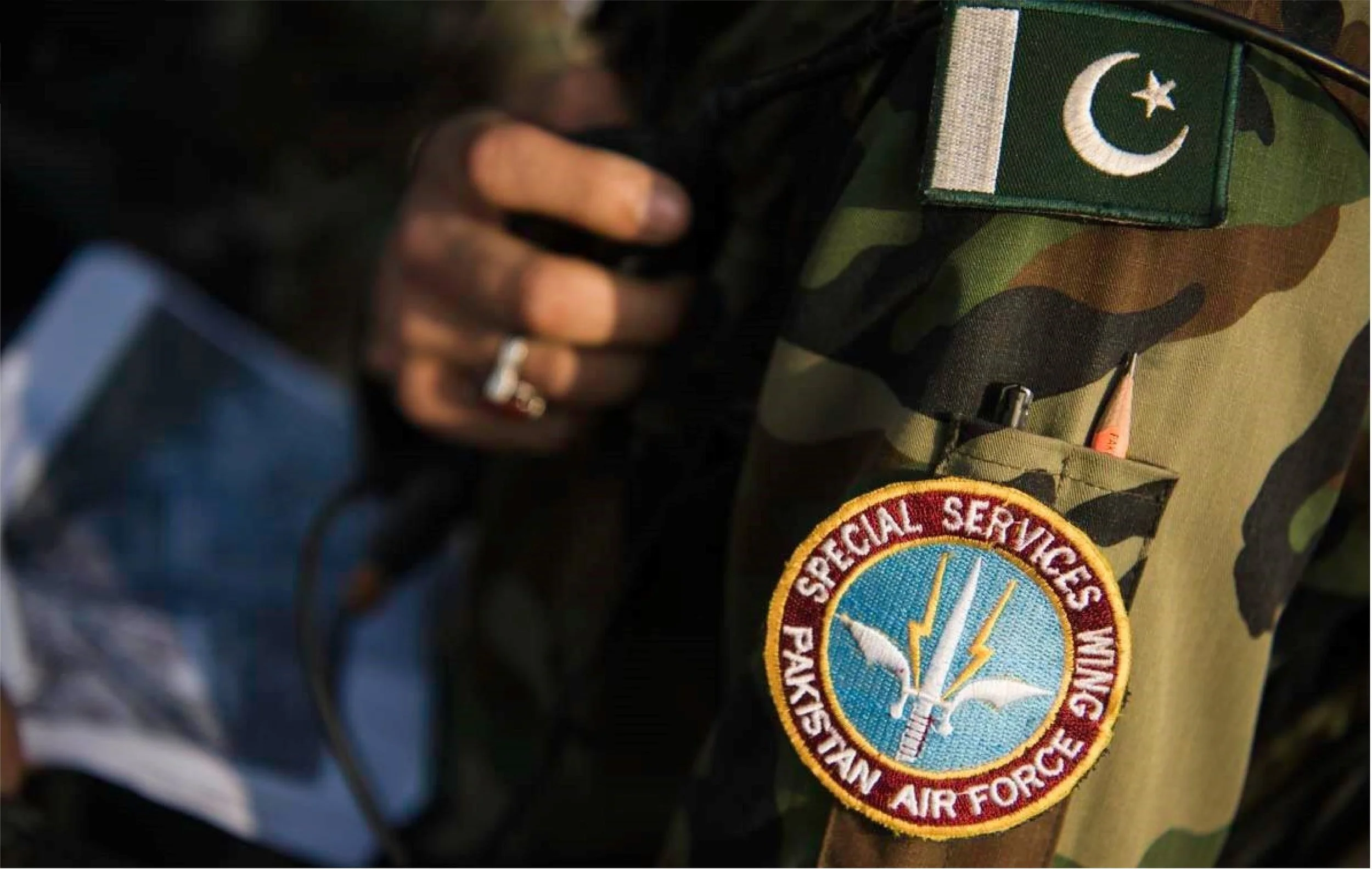By Dhruva Jaishankar
Originally published in The Hindustan Times , Nov 16, 2021.
The logic of a closer India-United States (US) partnership may appear straightforward. Both countries are large democracies, have growing trade and economic ties, enjoy vibrant people-to-people contacts, and confront similar strategic challenges. The strategic partnership has made considerable strides in recent years, particularly with the establishment of high-level dialogues, the elevation of Quad, and the conclusion of a number of defence agreements.
But it is not uncommon to hear nagging doubts among commentators in both countries. In the US, sceptics often express consternation about India’s ties with Russia and Iran, its capabilities and willingness to play a growing global security role, and the legacy of non-alignment.
But Indian observers also have legitimate concerns when it comes to the US, including that Washington might revert to more cooperative relations with China and Pakistan, leaving India in the lurch. From India’s vantage point, China and Pakistan are the two most important external adversaries. New Delhi is embroiled in active territorial disputes, competes for regional influence, and has complex political and economic relations with both. The fact that Pakistan is among China’s closest partners – its largest recipient of military exports and a major destination of China’s signature Belt and Road Initiative – further contributes to competition with India.
Arguably, China and Pakistan have also done more to undermine US strategic interests over the past two decades than almost any other country. China has emerged as a major geopolitical rival to the US, and is its only true peer competitor today. Washington and Beijing are increasingly at odds on security in the Pacific, on trade, on values, on international institutions, on cyber security, and on nuclear non-proliferation, among a host of other issues. Meanwhile, no country has done more to undermine US counterterrorism efforts than Pakistan, including by sheltering and supporting the Taliban and other terrorist groups.
Shared concerns about China and Pakistan ought to be an obvious impetus for India-US cooperation. But some US policymakers and commentators still struggle to assess China and Pakistan in competitive terms and fashion appropriate responses. As long as there is confusion on this score, strategic relations with India will naturally be inhibited.
The question, then, must be asked: What are the prospects of a US-China grand bargain – sometimes dubbed a G2 – under the current or next US presidency? And what are the prospects of renewed US dependence on Pakistan for counterterrorism and other regional objectives in and around Afghanistan?
On China, the Joe Biden administration has staked out a largely competitive position, but hopes to better manage this competition through dialogue and piecemeal cooperation. For example, at the COP26 climate summit in Glasgow, the US and Chinese negotiators concluded an agreement to enhance climate action. This came days before a long-awaited virtual summit between Biden and China’s paramount leader Xi Jinping. Some in the Democratic national security firmament believe that the Biden administration has adopted far too adversarial a tone with China, although such criticism overlooks Beijing’s contributions to strained relations.
Yet one of the few areas of broad consensus in the US political establishment concerns recognition of China as a serious challenge to US interests. American political leaders attempting to appeal to the middle class blame China for undermining economic prospects. The national security community is alarmed by China’s rapid naval and nuclear build-ups. The US technology sector is today more sensitive to corporate espionage, reverse engineering, and cyber attacks. Human rights defenders are perturbed by developments in Xinjiang, Tibet, and Hong Kong. In US politics at least, Beijing appears to have opened up too many fronts at the same time. Outside Wall Street and Hollywood, there is a steadily shrinking constituency for an engagement-first approach to China. Tactical cooperation and high-level engagement notwithstanding, the prospects of a G2 seems increasingly remote.
By contrast, cooperation between the US and Pakistan appears more plausible in the near-term. While the US department of defense has long been frustrated by Pakistani double-dealing, elements of the US government continue to seek cooperation with Islamabad and Rawalpindi. This might extend to intelligence cooperation with Pakistan’s main intelligence agency (ISI), the exploration of transit options for humanitarian assistance to Afghanistan, and potential cooperation on long-distance counterterrorism missions.
While such cooperation is being actively explored, the sea change in Washington’s approach to Pakistan over the past two decades should not be discounted. A poorly run Pakistani economy, wasteful development assistance efforts, contorted civil-military relations, and blatant support for the Haqqani network have not helped. But Islamabad may have overplayed its hand with Washington by moving into Beijing’s camp so brazenly. Today, Pakistan’s appeals for US assistance and attention are more likely to fall upon deaf ears in Washington: Why can’t Islamabad turn to its “Iron Brother” China for help?
Overall, the deterioration of US relations with China and Pakistan has been significant, and has opened up room for cooperation with India over the past several years. But at least in the near future, the prospects for India-US strategic cooperation remain brighter to India’s east than to its west.
Dhruva Jaishankar is Executive Director, Observer Research Foundation America

